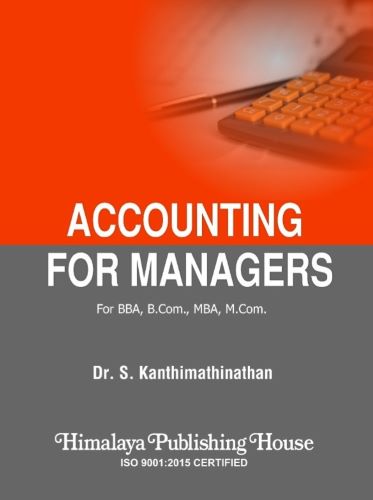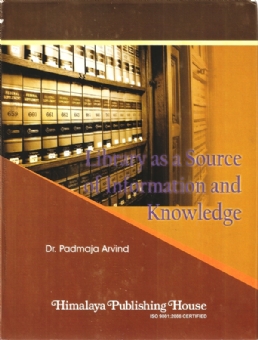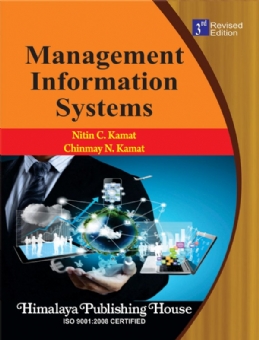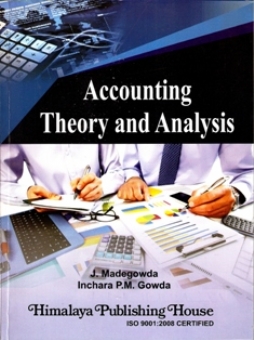The knowledge of this subject is not only essential to the students specializing in finance but it is needed to all the students of MBA and PGDM and similar programme irrespective of their area of specialization. The book is tailor made to meet the requirements of the syllabi of financial accounting prescribes by various Indian universities for their MBA/M.Com /BBA/ B.Com programme. The book does not focus on would- be accountant; it focusses on would- be managers.
This book is exclusively written for management students. The complete discussion in the book is based on the latest provisions and amendments of the company’s act 2013, Indian Accounting Standards and other relevant laws. The illustration of practical and theoretical explanations has been taken from real companies to make the book practically relevant. The emphasis of the book is more on the practical aspect of the subject and less on theory.
The simplicity of the language and detailed explanatory notes have made the book a sort of self-study book. The students can learn the subject with the minimum help from their lecturers. This helps management students to understand the implication of the subject in their career. In all chapters, the problems and exercise are relatively simple. This approach makes students comfortable with the subject.
Contents –
UNIT- 1: Introduction to Accounting
1. Meaning of accounting
2. Branches of accounting
3. Objectives of accounting
4. Double entry system of Book Keeping
5. Basic Terms of Accounting
6. Concepts and Conventions
7. Classification of Accounts
8. Accounting Cycle
UNIT- 2: Basic Accounting Cycles
1. Concepts of Debit and Credit
2. Golden rules of Accounts
3. Journal
4. Ledger
5. Subsidiary book
6. Single, Double and Triple Column Cash Book
7. Trial Balance
UNIT -3: Statutory Books of Accounts
1. Profit & loss account and balance sheet
2. Bank reconciliation statement
UNIT- 4: Statutory Provisions
1. Provision in Indian company’s act
2. Company balance sheet format
3. Indian accounting standards
4. IFRS
5. Maintenance of Books Account
6. Statutory Books
UNIT-5: Financial Statement Analysis
1. Components of Financial Statement
2. Common Size Financial Statement
3. Trend Ratio
4. Ratio Analysis
UNIT-6: Fund Flow Statement & Cash Flow Statement
1. Fund Flow Statement
2. Cash Flow Statement
3. Differences between Fund Flow and Cash Flow statement
4. Cash Flow Statement: As per Revised Accounting Standards
UNIT-7: Basic Concept of Costing and Cost Accounting
1. Cost Accounting/Management Accounting
2. Differences between Financial Accounting and Cost Accounting
3. Objectives/Functions of cost accounting
4. Types of costing
5. Elements of cost
6. Advantages of Management Accounting
7. Advantages of Cost Accounting
8. Characteristics of an Ideal Costing Systems
Unit-8: Cost Sheet
1. Meaning
2. Cost Sheet or Statement of Cost
3. Advantages
UNIT-9: Marginal Costing
1. Meaning
2. Margin of safety
3. Application of Marginal Costing
UNIT-10: Standard Costing
1. Meaning
2. Why the Standard Costing is Needed?
3. Types of Standard Costing
4. Types of Variances
UNIT -11: Emerging Trends in Accounting
1. Value Added Statement
2. Forensic Accounting
3. Human resource accounting
4. Flexible Budget






